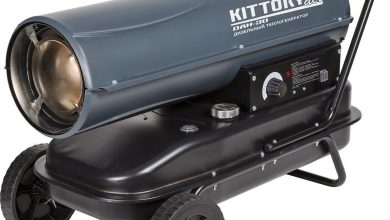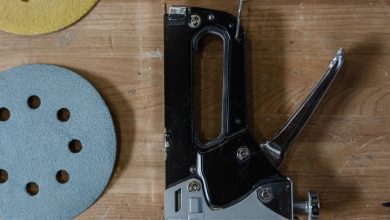All about Track Saws: How to Choose the Right One

When it comes to precision cutting, track saws are the go-to tool for many woodworking enthusiasts. With their straight and accurate cuts, track saws can tackle a wide range of projects, from cutting plywood to trimming doors. If you’re in the market for a track saw, this article will guide you on how to choose the right one.
Understanding Track Saws
Before diving into the selection process, it’s essential to understand the basics of track saws. Unlike traditional circular saws, track saws have a guide rail or track system that ensures precise cuts. The saw glides along the track, eliminating the need for clamps or rulers to maintain accuracy. This design feature makes track saws ideal for both beginners and professionals.
Consider Your Project Needs
The first step in choosing the right track saw is to consider your project needs. Ask yourself what types of materials you will be cutting, the thickness of the cuts, and the level of precision required. Understanding these factors will help you determine the necessary features and specifications in a track saw.
Power and Speed
When it comes to power, track saws are typically available in different motor sizes, ranging from 7 to 12 amps. A higher amp rating often indicates more power and better performance, especially when cutting through thick or dense materials. Additionally, consider the saw’s speed options. Some track saws offer variable speed settings, allowing you to adjust the cutting speed according to the material you are working with.
Blade Size and Compatibility
The blade size is another crucial factor to consider. Most track saws come with blades ranging from 6 to 8.5 inches in diameter. While larger blades can cut through thicker materials, they may also be heavier and slower. It’s essential to choose a blade size that aligns with your project requirements. Additionally, ensure that the track saw you choose is compatible with a wide range of blade brands and sizes for versatility.
Track Length
The length of the track is an important consideration, especially if you plan to work on large projects. Longer tracks allow for extended cuts without the need for repositioning. Some track saws come with adjustable tracks that can be connected to create longer cutting paths. Consider the size of your workspace and the materials you will be working with to determine the appropriate track length.
Dust Collection System
Woodworking can be messy, but a track saw with a reliable dust collection system can help keep your workspace clean. Look for track saws that come with dust collection ports or attachments to effectively capture and remove sawdust. A good dust collection system not only reduces clean-up time but also improves safety by minimizing airborne particles.
Ergonomics and Safety Features
Comfort and safety should never be overlooked when choosing a track saw. Look for models with ergonomic handles that provide a comfortable grip, reducing hand fatigue during extended use. Safety features such as blade guards and anti-kickback mechanisms are also crucial considerations to ensure a safe working environment.
Price and Brand Reputation
Lastly, consider your budget and the reputation of the brand you are considering. Track saws come in a wide range of prices, so it’s essential to find one that fits your budget without compromising quality. Additionally, research the brand’s reputation and read reviews from other users to ensure reliability and customer satisfaction.
In Conclusion
Choosing the right track saw is a crucial decision for any woodworking enthusiast. By considering your project needs, power and speed options, blade size, track length, dust collection system, ergonomics, safety features, price, and brand reputation, you can make an informed decision. Remember, a well-chosen track saw will not only enhance your woodworking projects but also provide accurate and efficient cuts for years to come.




